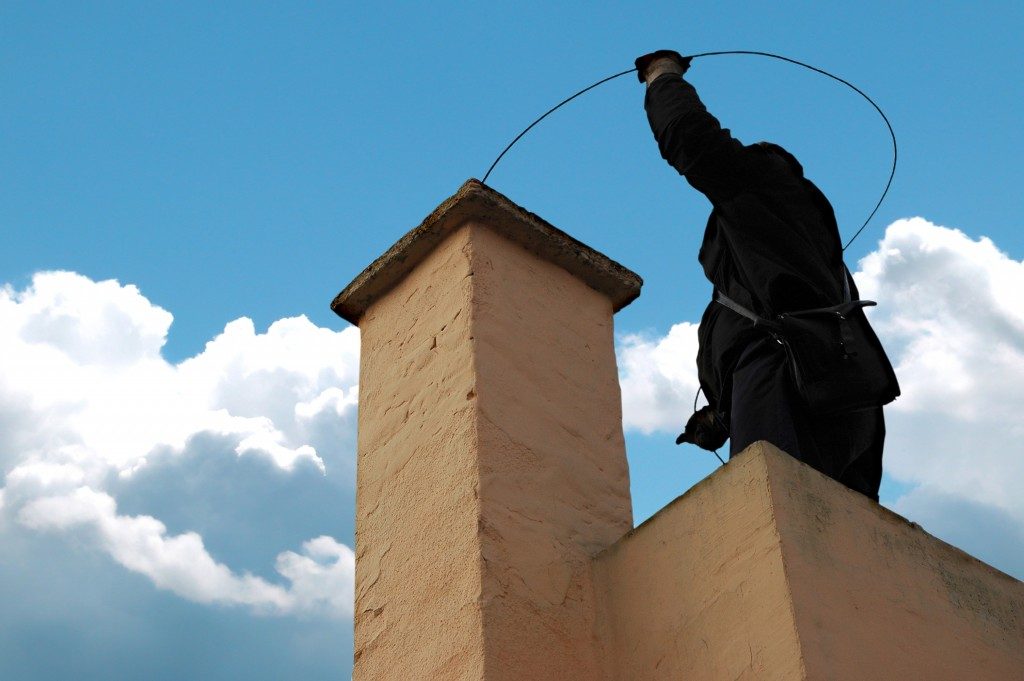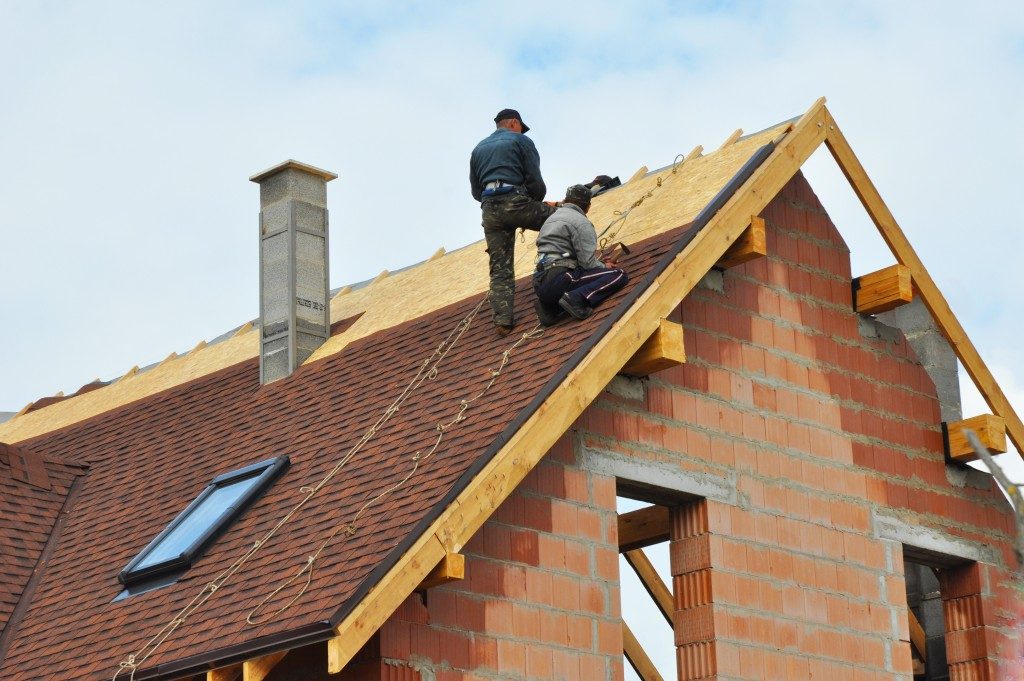Fireplaces are now a vital element in commercial and residential properties. There are different types of fireplaces, including gas, electrical, and wood fireplaces. Although these feature different operating mechanisms, they have one thing in common—the chimney. It is the workhorse of your fireplace since it regularly churns out fumes, smoke, and other by-products of combustion, leaving you safely enjoying the warmth of your fireplace.
The chimney opens to the exterior of your home in Connecticut to let out these elements. Hence, it also exposes your chimney liner and other interior components to various elements, which might damage them or compromise their working. As such, it is vital to cover your chimney. The protective cover that you install will keep out water, small animals, and debris from your fireplace and chimney. The following are your protective cover options for a chimney:
Chimney Crown
This denotes the top part of your chimney and is generally constructed from the leftover cement or mortar of your chimney’s construction. The crown marks the first defense for the protection of your chimney from water. When well installed and maintained, its sloped surface will direct water away from your chimney. However, owing to its location, the crown is prone to cracks. These cracks can contribute to water leaks that will soften, decay, and break off your chimney.
Chase Cover
Having a crown alone for your chimney does not offer optimal protection. A chase cover is a structural housing found between your chimney crown and the roof line. This protective cover directs flying burning embers and smoke away from your roof, thus averting fire damage. The chase is made of metal, wood, brick, or vinyl based on your property’s construction material. The chase cover, on the other hand, is an aluminum or steel rectangular or square-shaped cap that fits snugly on the chase to keep water out.
Chimney Cap
This serves as your chimney’s rain hat and keeps water out of your chimney and fireplace. Moreover, it prevents entry of debris and small animals into your flue. It is installed above the crown and is generally made of stainless steel, which wraps the flue in a cage-like mesh. Thus, it allows the venting of smoke to the exterior but prevents entry of foreign material into your chimney. Most property owners assume that a chimney cap is optional. However, without it, your property is at high risk of fires since the accumulated debris in your chimney will prevent the escape of smoke to the exterior.
Dampers

These are attached to the top of your flue and provide a tight-fitting gasket that keeps out the harsh elements and animals. They also avert entry of moisture into your chimney. Other than being a protective barrier, dampers minimize your property’s heating and cooling losses and eliminate downdrafts.
People assume that all it takes to install a fireplace is the right fuel source and a chimney. However, there is a lot involved in the installation and periodic maintenance of a fireplace. The types of protective barriers mentioned above are just a few of the elements involved. DIY fireplace installation, regardless of your type of fireplace, is a no-no.

